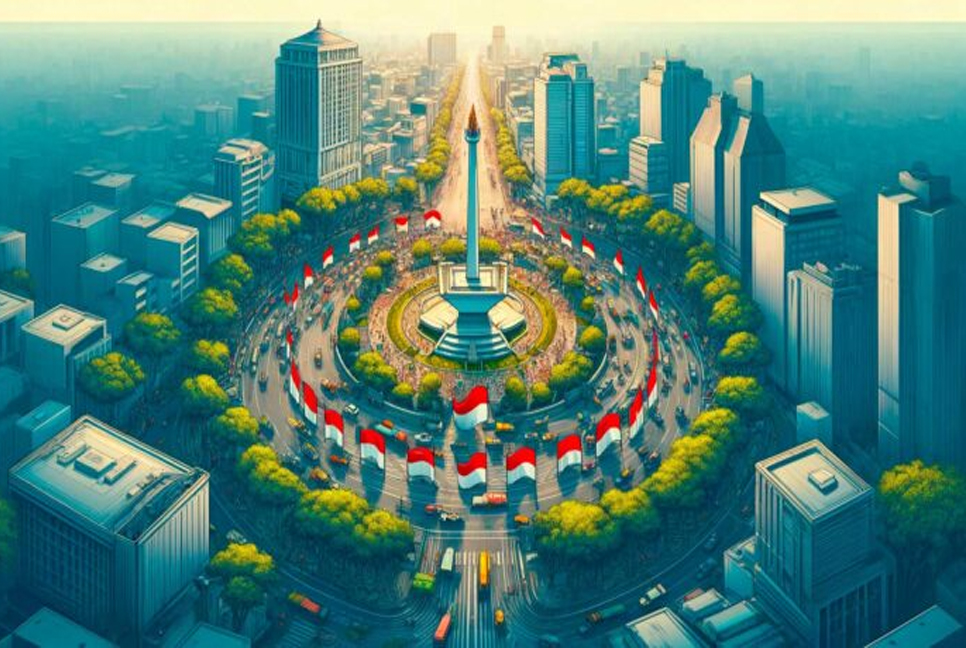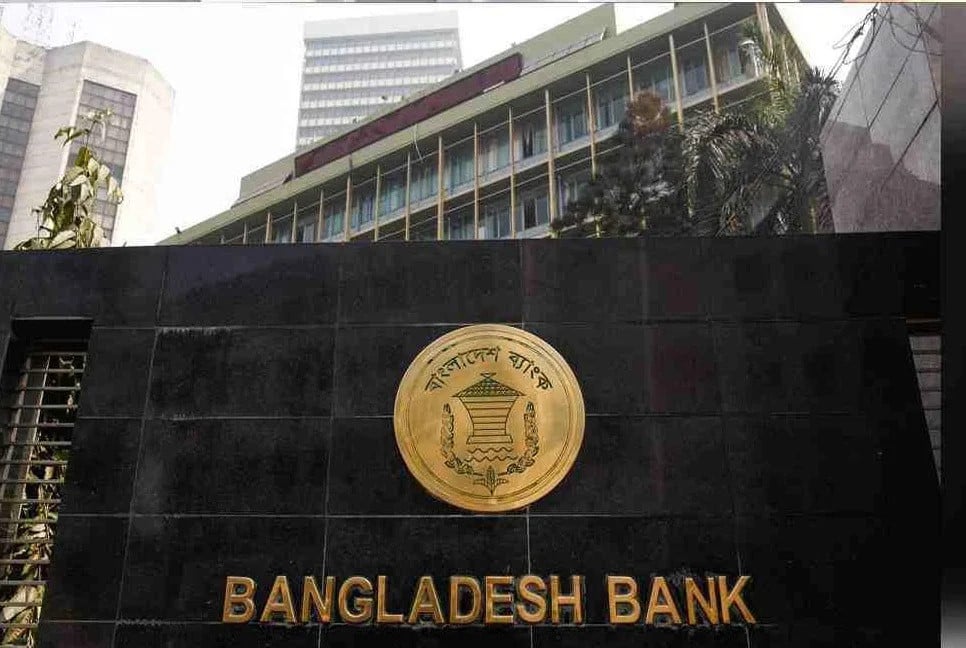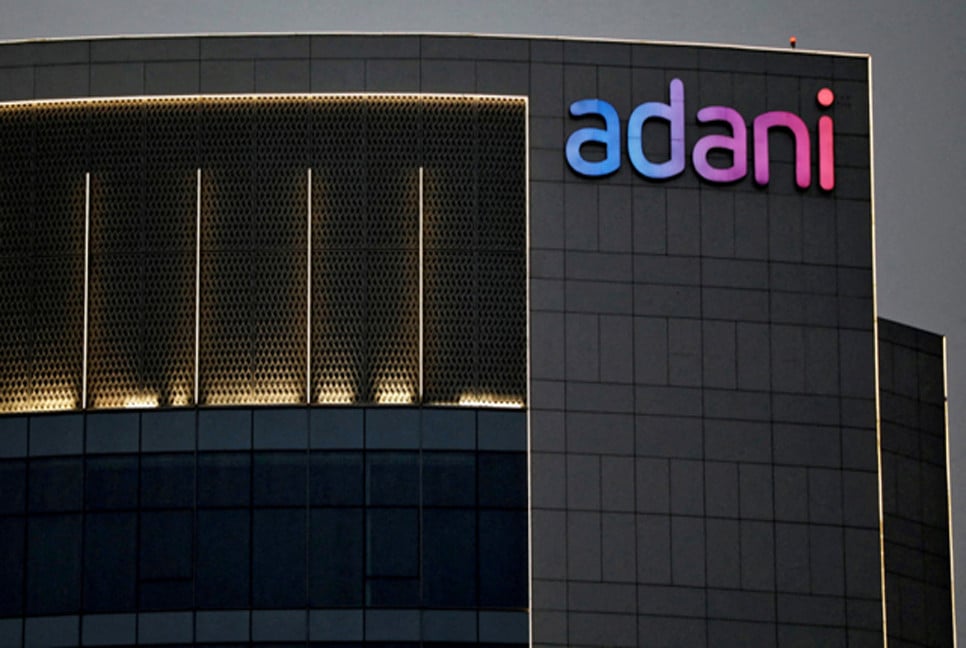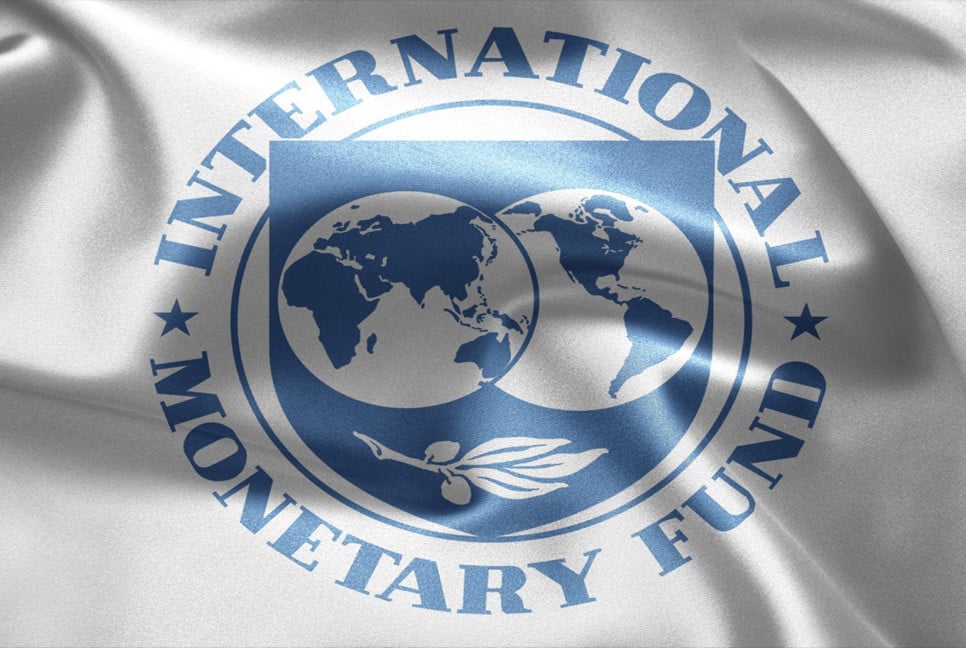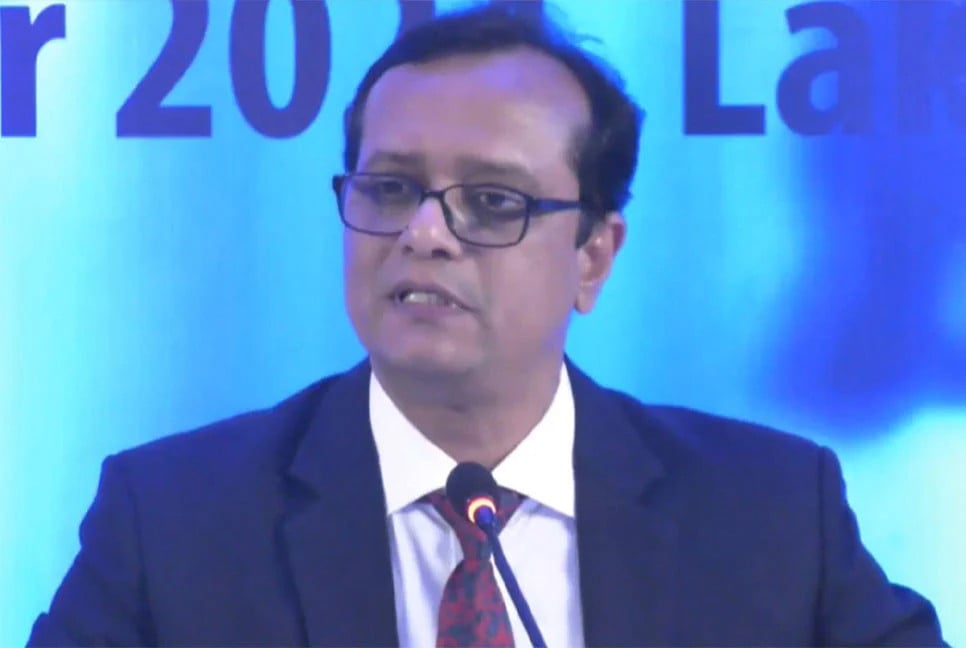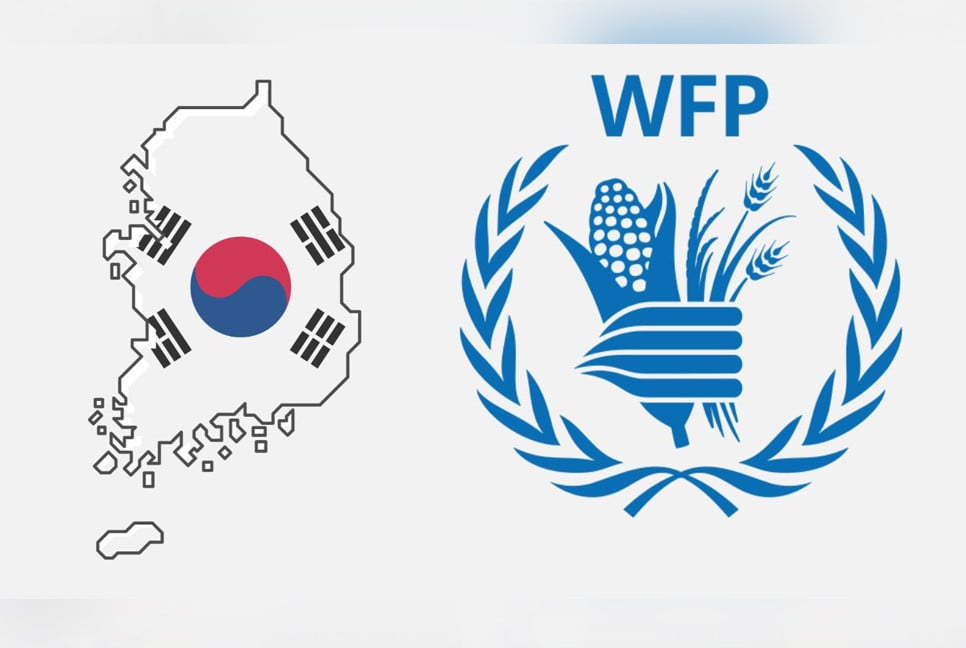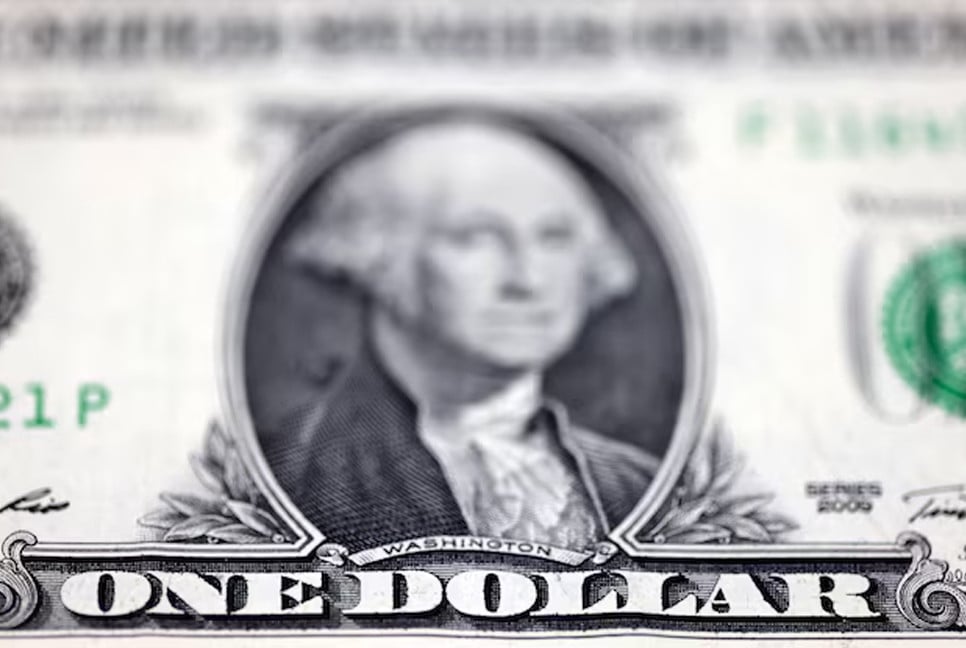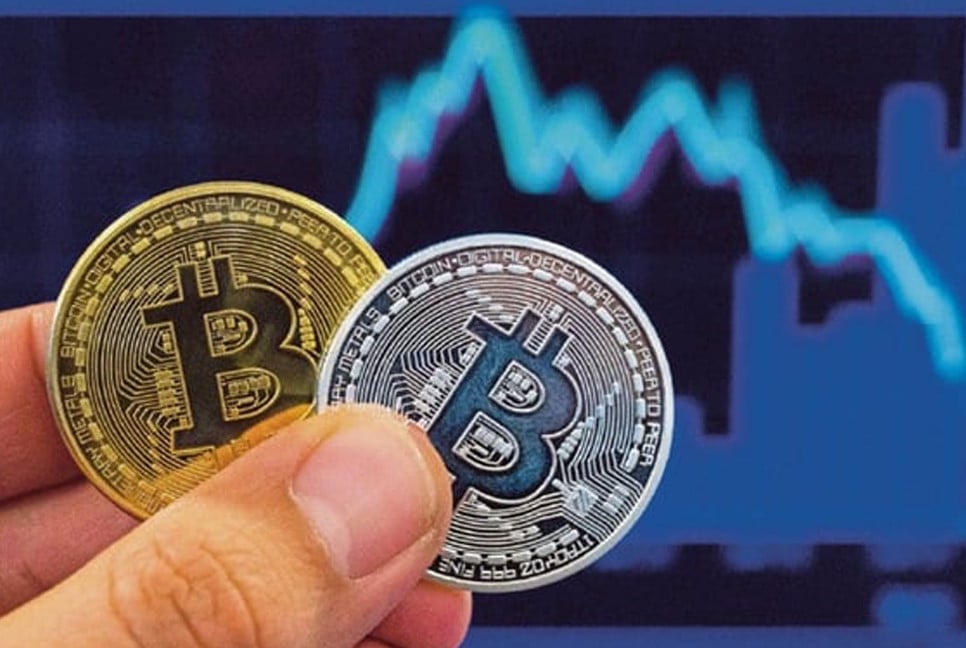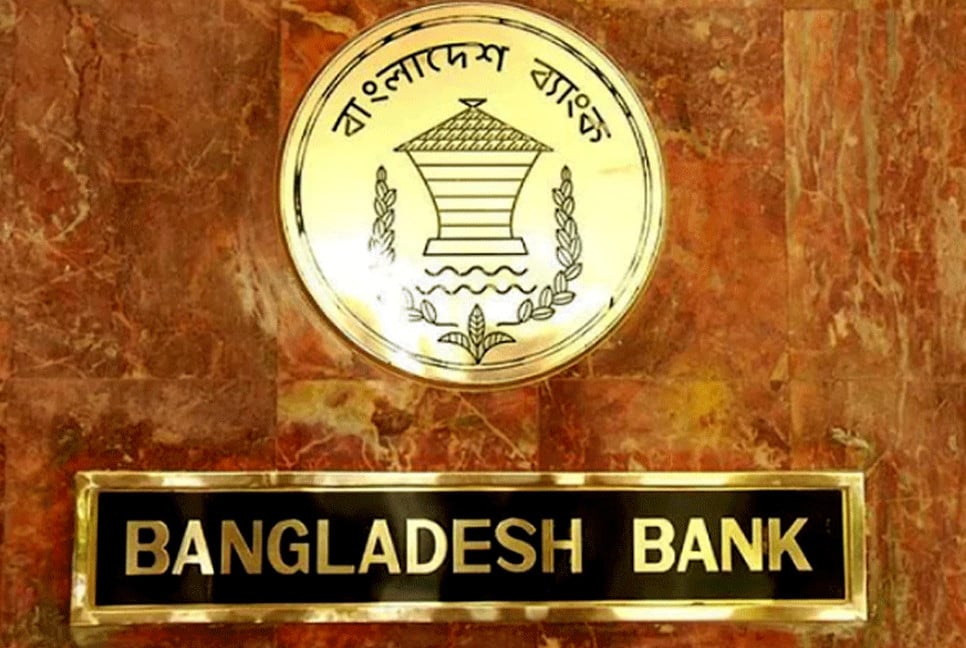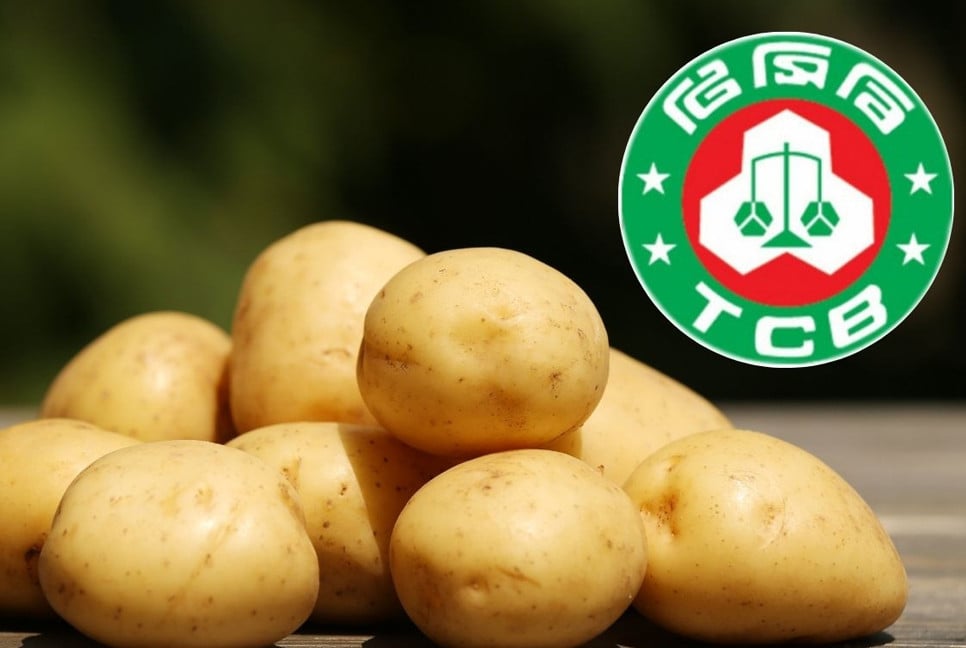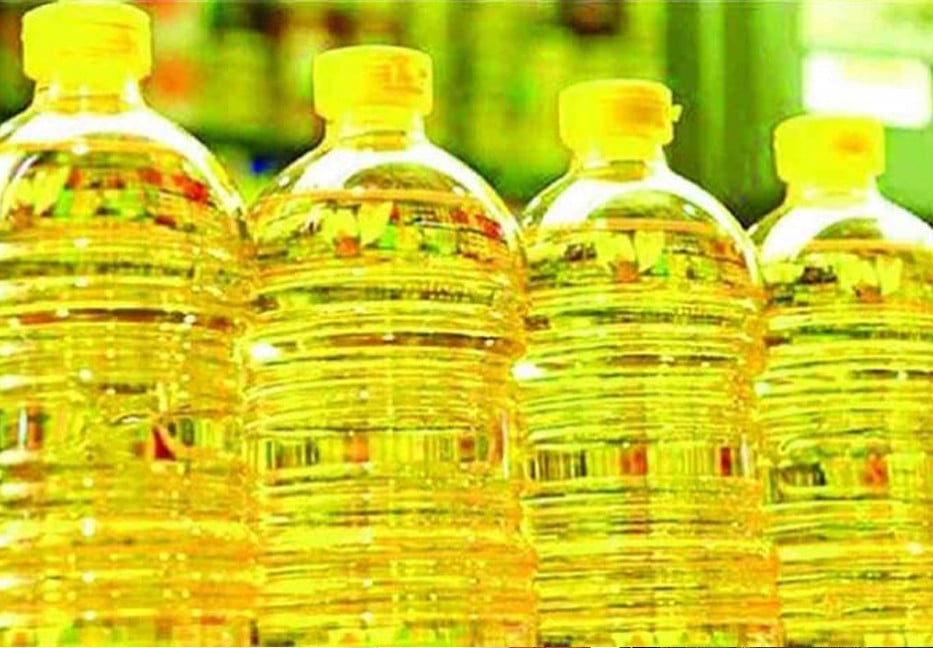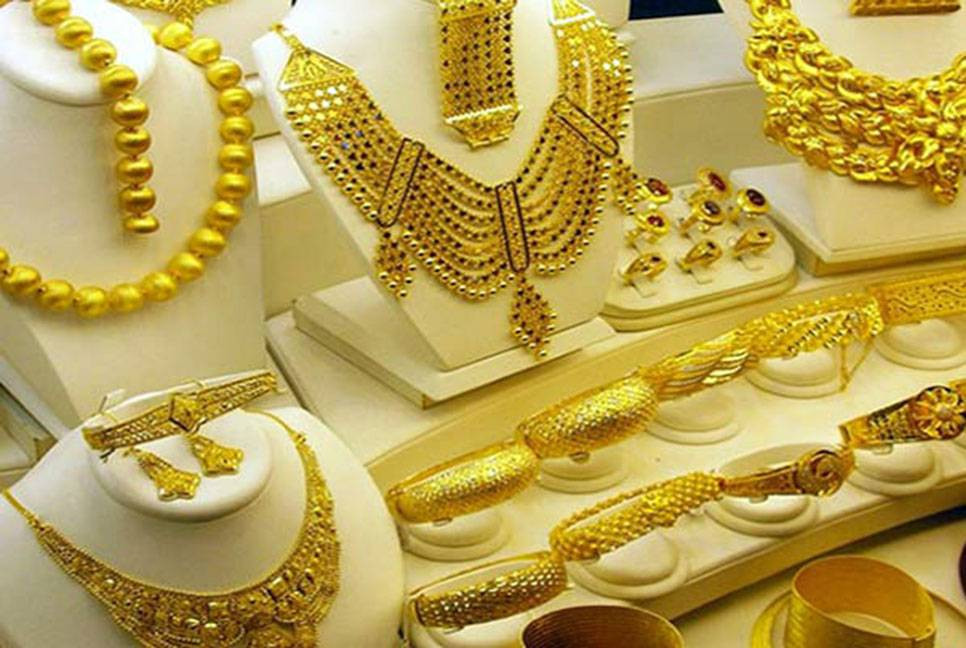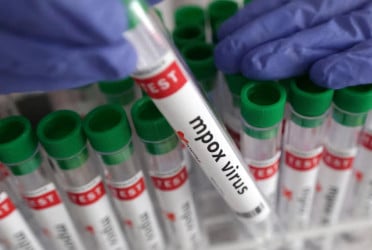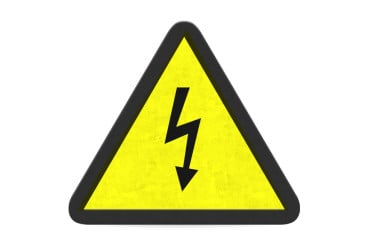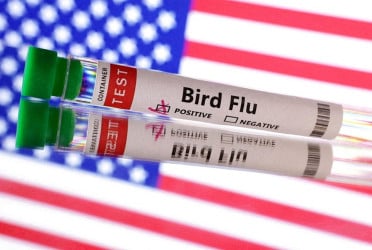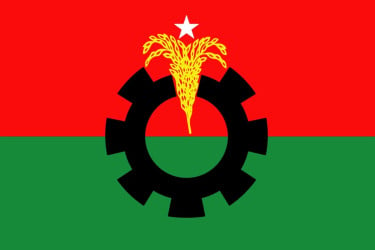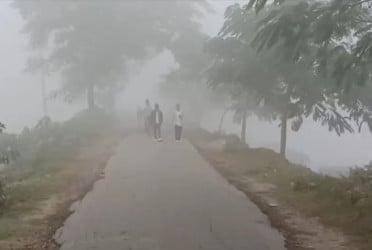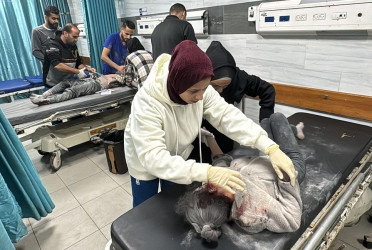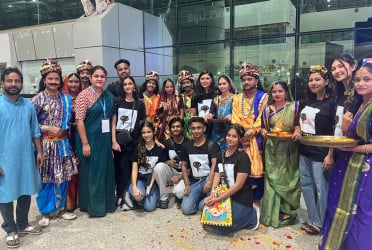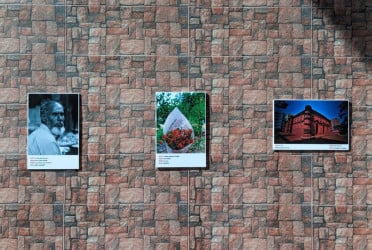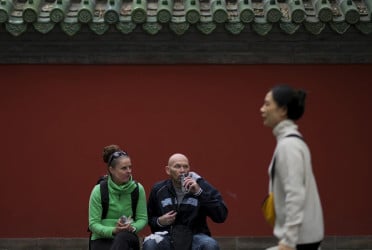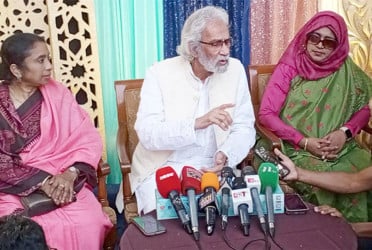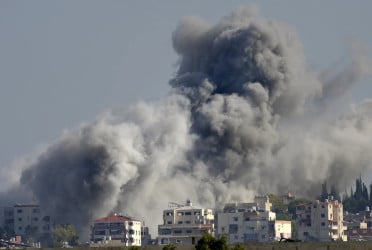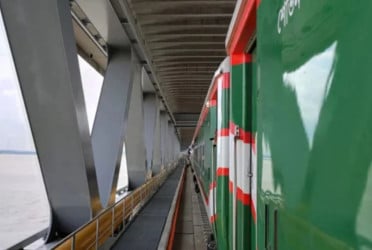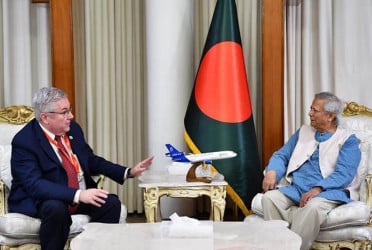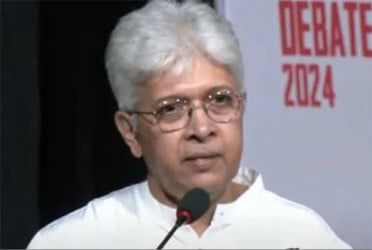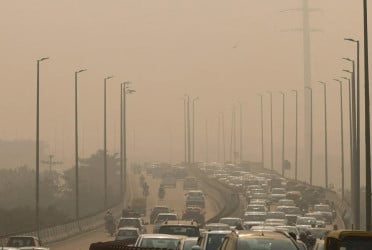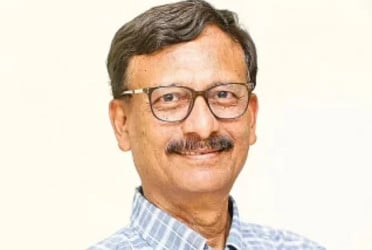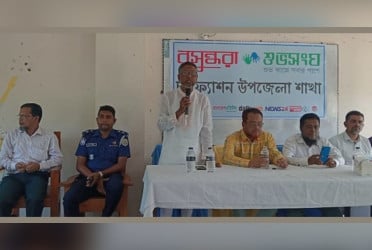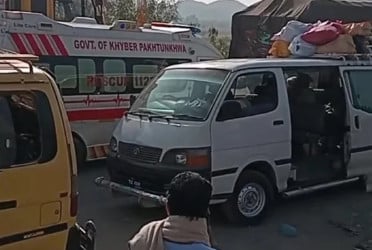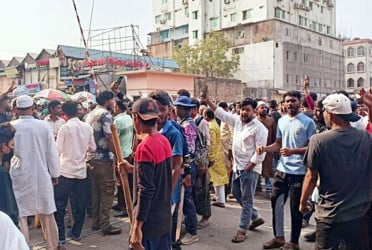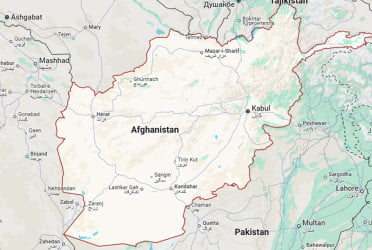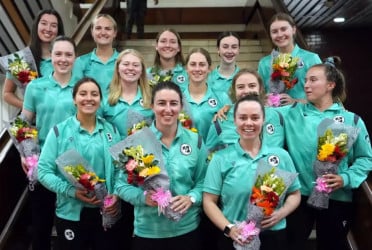Population growth, rising consumer incomes, increased hygiene awareness and advanced technology in Indonesia are the major drivers in increasing tissue per capita consumption. GDP did stall during the pandemic years, but has now recovered sharply, boosted by the developing income stream from exports.
The population growth over the past 17 years is shown in Figure 1 as bars. The blue line in Figure 1 is the GDP per capita adjusted for purchasing power parity. GDP growth stalled with the pandemic but recovered sharply after 2020.
Population and GDP per capita growth helps support domestic tissue consumption, but inflation and unemployment provide the headwinds. The trend of inflation is shown in Figure 2 as the blue line. Indonesia made remarkable progress in controlling inflation except for a post-pandemic blip that appears to be settling out. Unemployment, shown as the bars in Figure 2, is trending lower with the same pandemic upset. About 9.4% of the population was below the poverty line in 2019, reports Tissue World Magazine.
The country’s tissue manufacturing base includes about 16 companies. Asia Pulp & Paper (APP) accounts for over three-quarters of the total installed capacity and much of the newer capacity. The changes in the Indonesian tissue fleet are shown in Figure 3. The total number of tissue machines has remained almost constant since 2007, but the total tissue capacity will grow at a CAGR (compound annual growth rate) of about 11% from 2007 to 2025. This represents a more than five-fold capacity increase as the newer machines are much faster and wider.
Tissue products from China, New Zealand, and South Korea accounted for 88% of non-domestic imports in 2023.
Indonesia has become a tissue export powerhouse, with exports exceeding imports by about 166-fold. Figure 5 shows the leading customers for Indonesian tissue by country and amount. The United States, South Korea, Japan, Taiwan, and the Philippines are the leading customers, accounting for almost 60% of the total exports.
The country’s tissue producers are located on the Islands of Java and Sumatra, as shown in Figure 6. The Javanese machines are older and smaller than the newer Sumatran tissue machines. Sumatran machines tend to be based on virgin fibre integration, while Java machines focus more on recycled fibre or market pulp.
More details on Indonesian tissue sites by fibre source are shown in Figure 7. Sites with virgin integrated fibre represent 31% of the total capacity. The amount of virgin integrated tissue production has grown during the Sumatran expansion, while some older recycled machines have shut down on Java.
Indonesian tissue products average over 60% Tropical Hardwoods, as shown in Figure 8. This fibre is mainly from the Sumatran Acacia plantations and pulp mills. Acacia fibre is good for tissue formation and softness but is not quite as highly regarded as eucalyptus pulp for tissue. Note that Figure 7 represents sites with at least some fibre integration, and some market pulp production is transferred to non-integrated sites within the country. Bleached Northern Softwood market pulp is imported to about one-quarter of the total furnish. Less than 10% of eucalyptus fibre is imported.
Figure 9 provides a summary of how these fibre sources are used. Most production is devoted to consumer tissue grades, led by Bath Tissue. Consumer Facial and Towel also represent significant production. Similar furnish is used for all three of these products. On average, they all contain some imported eucalyptus and substantial amounts of Northern and Southern Softwood. The Consumer Towel products contain mostly Softwood long fibre, as expected. The volume of Consumer Napkin and Commercial products is relatively small.
Figure 10 summarises Indonesia’s tissue machine quality versus a comparison set drawn from local trade partners and Brazil. The size of each bubble represents the relative proportion of total tissue production for each country. The X-axis represents each country’s average tissue machine technical age, while the Y-axis provides the average tissue machine speed. Of course, China has the overwhelming share of tissue volume produced and the newest tissue machine fleet on average. Indonesian tissue machines are the second newest on average, followed by Vietnam. Despite being significantly older, Australia still has the fastest tissue machine speeds, with Indonesia in second place. This suggests that Japan’s, Taiwan, China’s, and possibly Malaysia’s tissue industries will fall further and further behind in tissue productivity and quality.
A manufacturing cash cost ranked comparison of the same set of countries is shown in Figure 11. This curve shows the relative capacity for each country as the width of the bars and the relative cash cost for production as the height of the bars. Indonesia has the lowest cost position on average, followed by Vietnam. China occupies the wide middle, with Japan and Taiwan as relatively high-cost producers.
A similar ranked comparison for Scope 1 & 2 carbon emissions is shown in Figure 12. Again, the bar width represents the tissue capacity of each country, while the height of each bar represents the average CO2 emission per ton of tissue production. Brazil has the lightest carbon footprint per ton of tissue produced due mainly to its high site integration with fibre production and the relatively low-carbon electric grid. Indonesia ranks second lowest due to similar site integration advantages but tends to have a higher-carbon electric grid.
Indonesia is a tissue export powerhouse well-positioned to maintain this Southeast Asian Regional leadership. The acacia plantations in Sumatra provide low-cost tropical hardwood with good softness properties. Indonesian tissue production costs are the lowest in the region and favourable to Brazil. The Indonesian tissue machine fleet has a lower technical age than any country in the region other than China. However, on average, Indonesian tissue machines run faster than Chinese tissue machines. Indonesia has relatively low scope one carbon emissions due partly to large integrated sites, but the Indonesian electric grid is relatively high carbon compared to similar Brazil.
Analysis of competitive position requires specifics on tissue producers and individual machines. This article presents a static summary of Indonesia’s tissue industry today. Fibre prices, exchange rates, and environmental regulations will change, providing some participants advantages and new challenges. In addition, Indonesia’s tissue mills will continue to change hands and consolidate, and neighbouring countries may invest in tissue-making capacity, affecting Indonesia’s imports and exports.
Bd-pratidin English/Lutful Hoque

